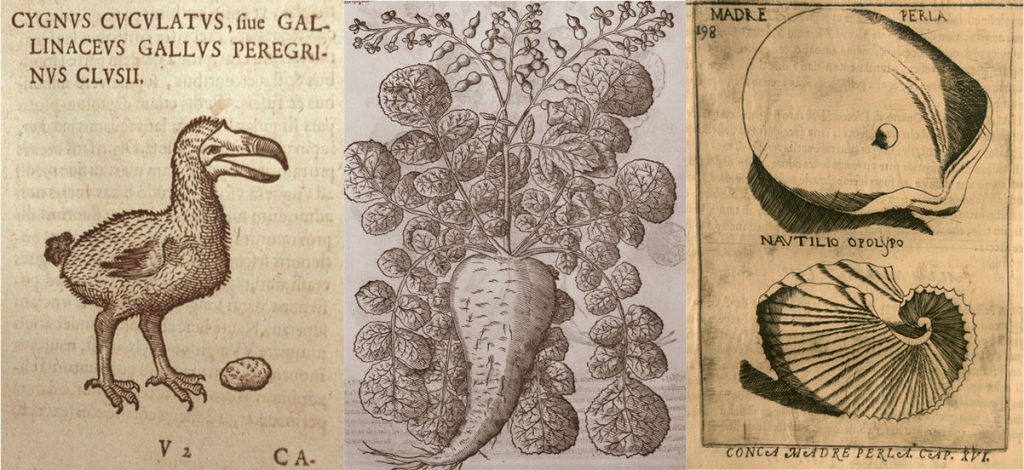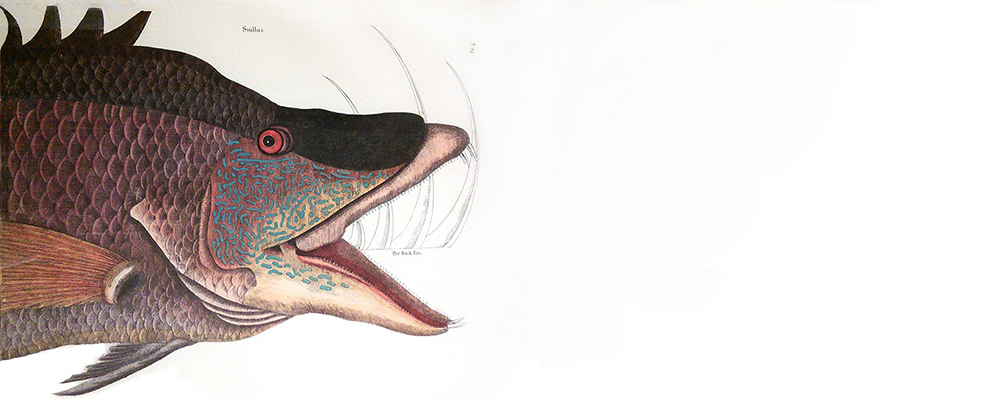Natural history can involve the study of living things, but also includes earth sciences such as geology, mineralogy and paleontology. Research in this area has produced some of the most remarkable books in the history of printing. “Animal, Vegetable, Mineral” features an eclectic selection of such works, from the early 16th through the 19th centuries. While many are remarkable for their physical features and illustrations, as a group they also document the rise of the very idea of modern science.
For example, late medieveal and Renaissance natural histories relied on descriptive traditions and ancient authorities such as Pliny the Elder and Aristotle. In many of these texts, real animals and plants coexist with creatures of fantasy. In the 18th century Karl Linnaeus’s system of classification established distinctions between large groups of plants and animals based on shared characteristics. Also, Linnaeus's method called for researchers to establish whether plant and animal species were accounted for based on previous observation.
Based on the work of Linnaeus and others, 19th century botanical and zoological texts detailed an ever increasing number of plants and animals in many countries. At the same time geological works such as Charles Lyell's Principles of Geology discussed the features and age of the earth with increasing sophistication.
Through the important books it features, "Animal, Vegetable, Mineral" seeks to suggest how various areas of scientific activity converged over time to produce a conception of the natural world that persists today.

Credits
Curated by Timothy D. Murray, Alexander C. Johnston, and Curtis Small


